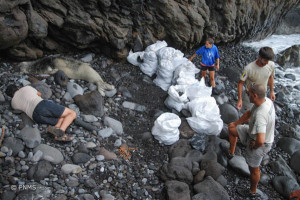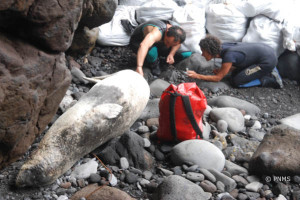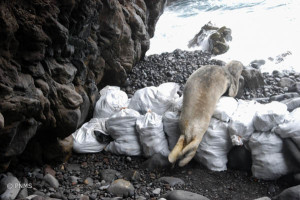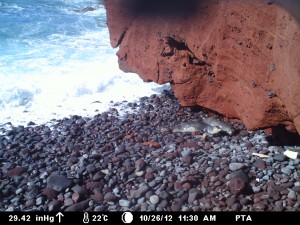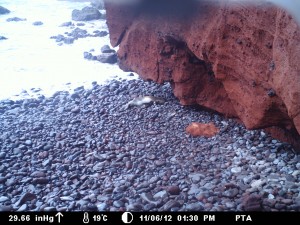by CBD-Habitat Foundation
The ‘Costa de las Focas’ Marine and Coastal Reserve was created in 2001 by CBD-Habitat Foundation with the support of local fishermen and regional authorities, with the objective of protecting the breeding caves of the last Mediterranean monk seal colony in the world, located on the Cabo Blanco peninsula (Mauritania). Since then, every single day, the surveillance team has been present to prevent the setting of fishing gear and deter goose barnacle pickers and other potential threats or disturbance to the breeding caves and vicinity. Continue reading “Pup trapped in gill net released in the ‘Coast of Seals’ Reserve”

